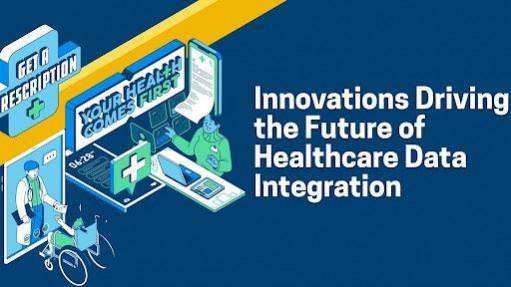
In a rapidly evolving healthcare landscape, data integration stands as a pivotal element to enhancing patient care and operational efficiency. MadhaviLatha Vadlamudi explores the key innovations revolutionizing the integration of healthcare data systems, outlining the pivotal role technology plays in breaking down silos in clinical and administrative environments. Her work provides an in-depth look at the sophisticated technical frameworks and integration strategies that are propelling healthcare towards seamless interoperability.
The Challenge of Healthcare Data Integration
The healthcare industry generates vast amounts of data, ranging from patient records to diagnostic results, all of which must be interconnected to improve patient care. However, data from disparate systems such as Electronic Health Records (EHRs), Laboratory Information Management Systems (LIMS), and Health Information Systems (HIS) are often isolated due to technical incompatibilities. Overcoming these barriers is essential to creating a connected healthcare ecosystem that enables better decision-making and patient outcomes.
Standardizing Healthcare Data with HL7 and FHIR
One of the key breakthroughs in addressing data interoperability in healthcare is the development of standardized communication protocols. Among these, HL7 (Health Level Seven) and FHIR (Fast Healthcare Interoperability Resources) stand out as industry cornerstones. HL7 has been the backbone of healthcare data exchange for decades, supporting millions of messages every day across various hospital departments. Despite the rise of new standards, HL7 continues to dominate due to its vast installed base, making it an indispensable tool for legacy system integration.
Real-Time Data Sharing and Event-Driven Architectures
One of the most promising advancements in healthcare data integration is the use of real-time data-sharing architectures. These systems allow healthcare providers to access critical patient information as events unfold, enhancing the decision-making process. Event-driven models, such as the publish/subscribe architecture, are particularly effective in this regard. In these systems, healthcare platforms publish notifications to message brokers, allowing relevant systems to receive updates on clinical events without overwhelming the network. This architecture reduces latency and supports scalability, essential for large-scale healthcare environments where efficiency and responsiveness are critical.
FHIR's subscription framework is also transforming the way healthcare systems communicate in real-time. Through FHIR subscriptions, clinical systems can register interest in specific data changes and receive notifications via web technologies such as WebSockets. This mechanism is particularly beneficial in mobile healthcare applications, where network bandwidth is often limited.
Master Data Management and Patient Matching
Effective patient care depends on accurate, comprehensive patient records. However, discrepancies in patient identification often due to variations in data entry or duplicate records pose a significant challenge. Master Data Management (MDM) solutions address this issue by employing sophisticated algorithms to ensure that patient identities are correctly matched across multiple systems. As healthcare data integration grows more complex, MDM technologies are becoming essential to maintaining data integrity and avoiding costly administrative errors.
API Management: The Gateway to Seamless Healthcare Integration
As healthcare organizations increasingly turn to API-based systems for integration, the need for robust API management becomes clear. Effective API governance ensures that data flows securely and efficiently between systems. This is particularly important in the context of FHIR, where patient data must be safeguarded against unauthorized access. API management platforms incorporate security frameworks such as OAuth and SMART on FHIR, which enable healthcare providers to share patient information while ensuring privacy and regulatory compliance.
In conclusion, the technical advancements described by MadhaviLatha Vadlamudi highlight the essential role that data integration plays in modern healthcare. By embracing standards like HL7 and FHIR, adopting real-time data-sharing architectures, and utilizing sophisticated API and MDM strategies, healthcare organizations can overcome the challenges of interoperability. As the industry continues to innovate, these foundational steps will be crucial in creating a more efficient, patient-centered healthcare system.









